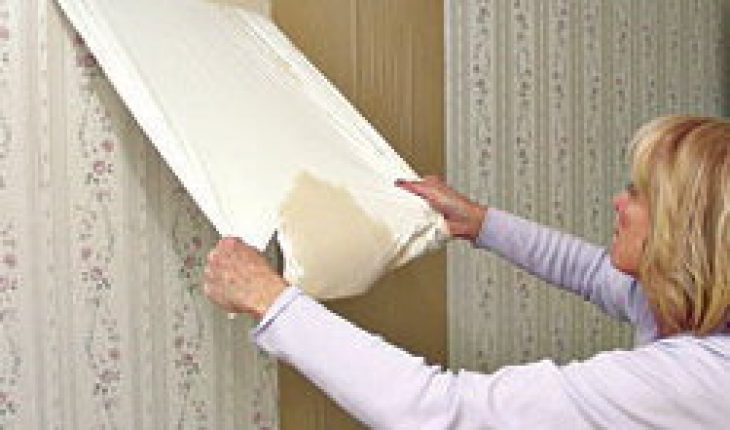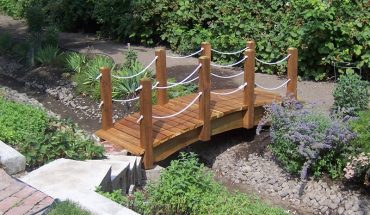After some time, people easily get tired of their old wallpapers. For a fresh new look, applying a new one is definitely the right solution. Before this, people must learn first how to remove wallpaper. Learning this skill is very important because this simple procedure can actually lead to the success or failure of the planned new design for the walls.
Materials Needed
The materials needed for learning how to remove wallpaper are very simple. People need not spend a lot on these things including sandpaper, razor blade and sponge. As some point of the job, water, soap and putty knife are also needed. Furthermore, bring in some drop cloths, scouring pad and a steamer to make the job easier than expected.
Steps
The first thing to do is to clear the area. Remove from the walls any furniture, home appliance or painting. Likewise, take away any unnecessary materials that can obstruct the path. Protect the floors from water drops and dirt by covering them with drop cloths. Choose a corner where to start. Try to peel off an edge or a corner.
Some wallpapers can be removed easily even with the use of bare hands only. If this is not the case, try to use a razor blade to take away hard-to-remove parts. Handle this material with care because it has very sharp edges. Likewise, be sure not to destroy or damage the underlying walls.
For faster results, simply mix soap with water to create a simple solution for faster and more effective wallpaper removal. Dip the sponge into the mixture and then apply it on the walls. As the water absorbs the liquid solution, it will be much easier to remove the saturated wallpapers. Another way of saturating the papers is using a steamer. This special equipment is quite expensive. Because of this, it is better to rent one rather than to buy it.
After this, use your hands to remove the papers once again. For faster results, a putty knife may come very handy at this particular point of the job. When the papers are off, try to remove old glue residues as well. Use sandpaper or scouring pad for this particular step. This will leave the walls smoother, a perfect preparation indeed for installing new wallpapers.
Additional Tips and Information
When doing this task, it is best to be safe at all times. Protective gears can help a lot including safety goggles, sleeves and gloves. In addition, be sure to ventilate the entire room.






I have done this many times, as a professional painter, and I find the use of a “Paper Tiger”, which costs maybe four bucks at any paint or hardware store, and a liberal dose of “DIF” solution makes the job quick and clean. Minimal wall damage, clean up is quick and easy, skim the walls to fix the bad spots with sheet-rock mud, wait for that to dry out, sand, and then paint.